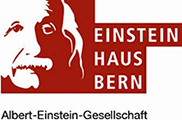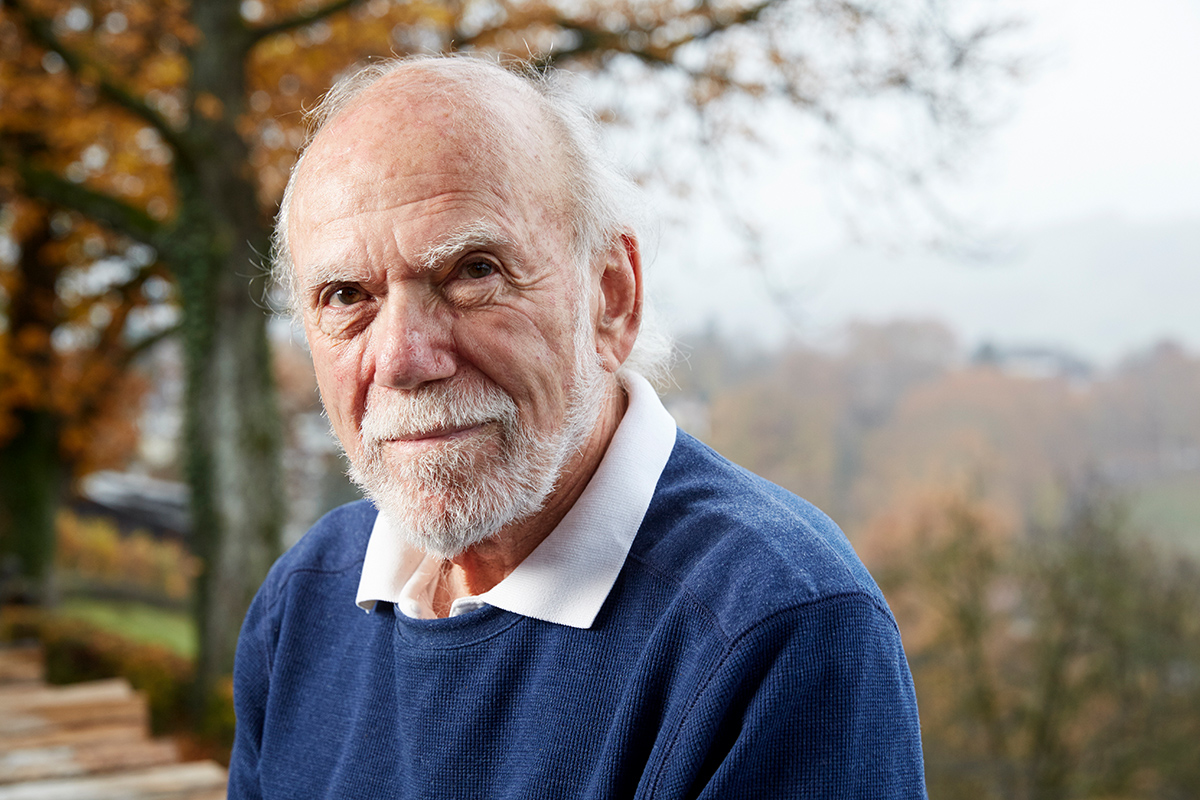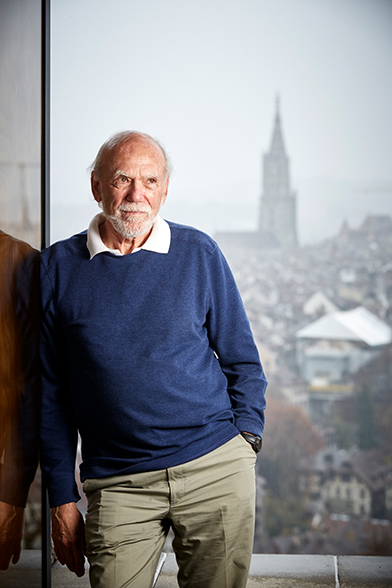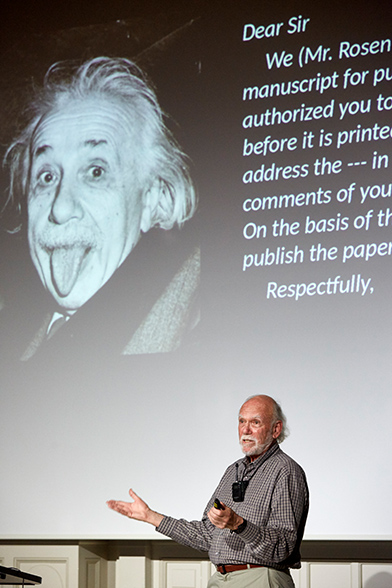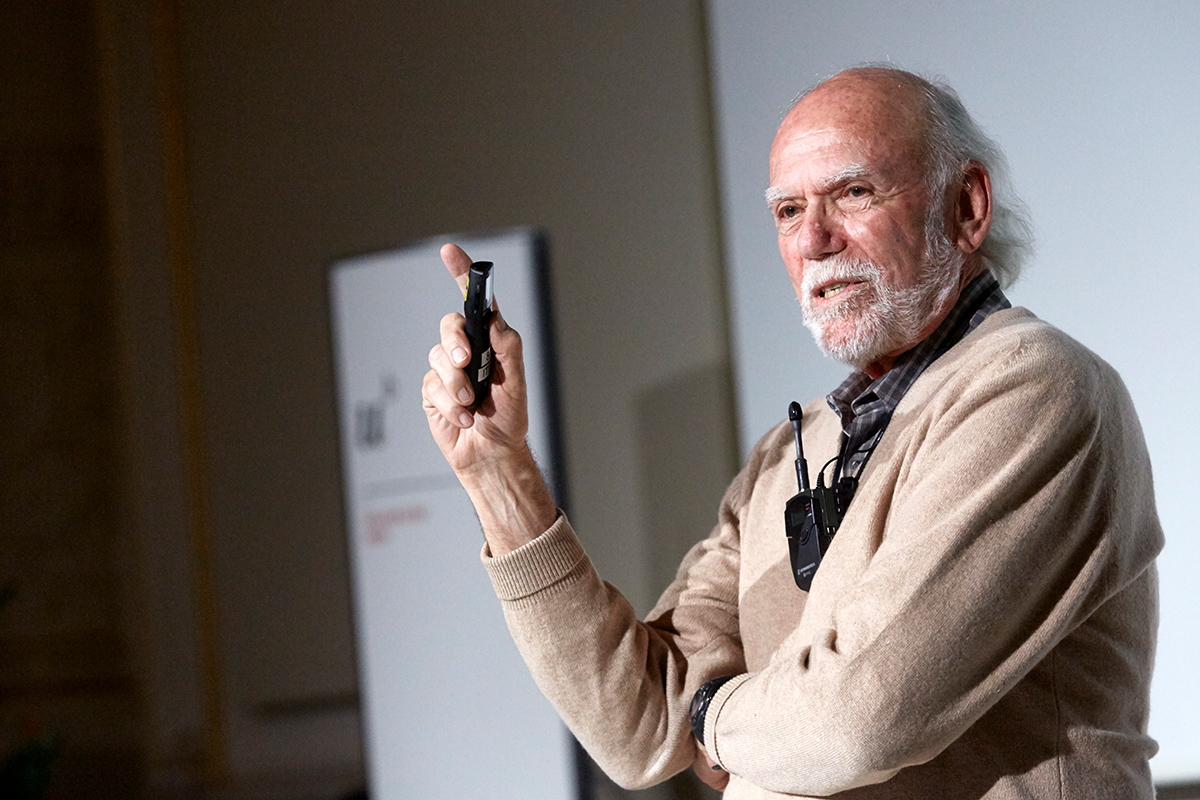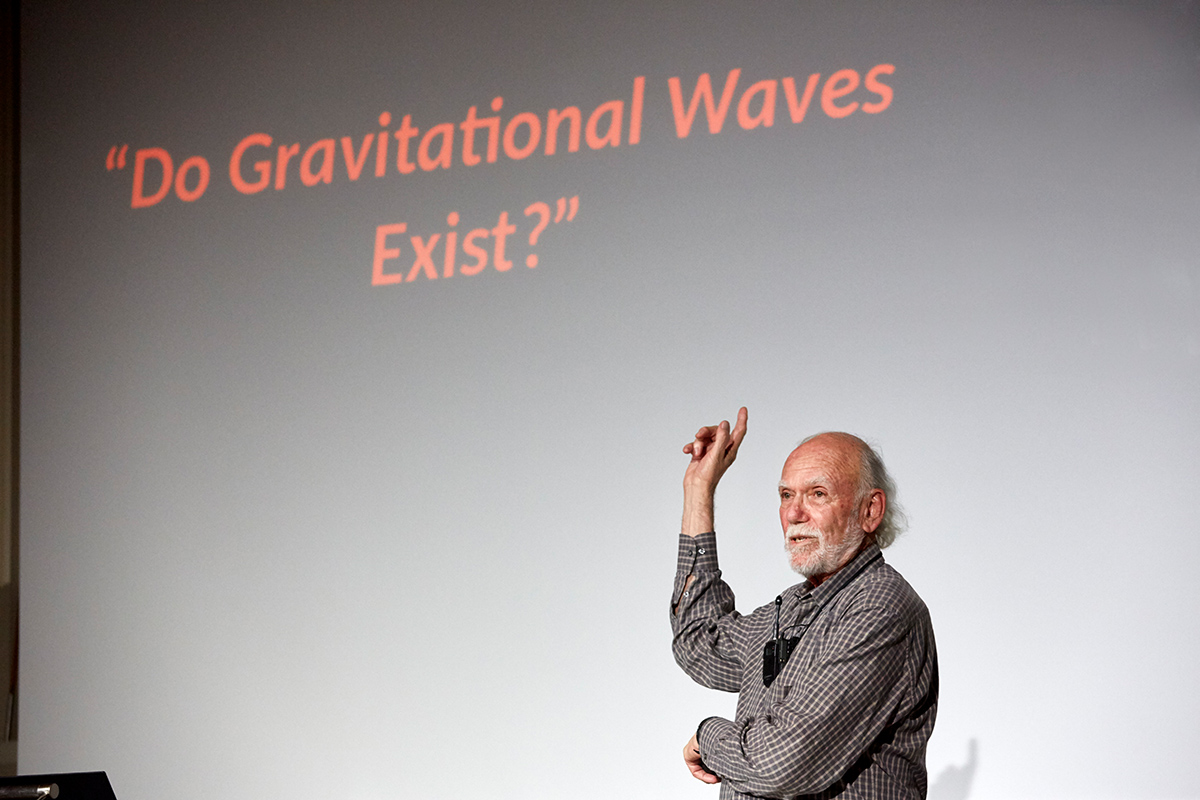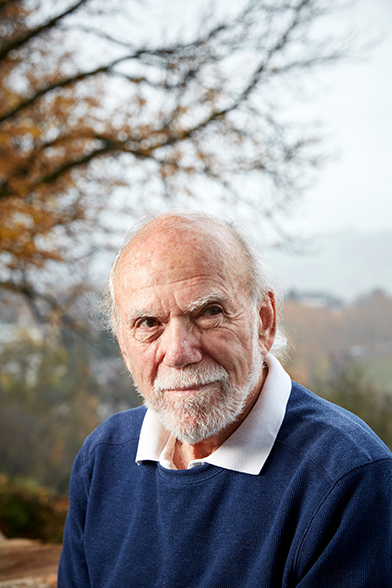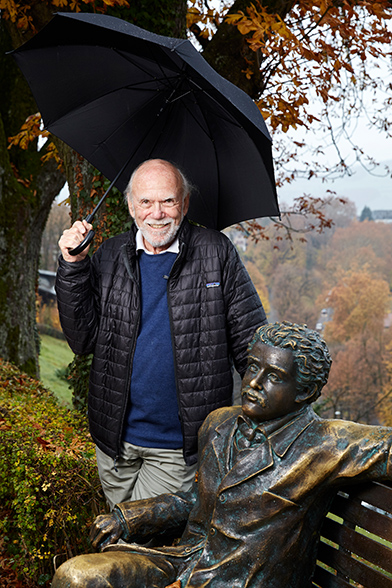2018: Barry Barish
Barry Barish and his team achieved something which not even Albert Einstein himself believed possible: they obtained direct evidence for the existence of gravitational waves. These oscillations of empty space itself arise, for example, when two black holes come so close to one another that they merge into one.
82-year-old Barry Barish from the California Institute of Technology (Caltech) was scientific director of the Interferometer Gravitational-Wave Observatory (LIGO) for many years. This is where, in 2015, direct evidence of gravitational waves was successfully obtained for the first time by using an extremely sensitive detector. It was for this feat that he and his colleagues Kip Thorne and Rainer Weiss were awarded the Nobel Prize in Physics in 2017.
At the Einstein Lectures 2018, Barry Barish spoke about what gravitational waves have to do with Albert Einstein, how their existence can be proven, and what significance these findings will have for science in the future.
Video Lecture 1: From Einstein to Gravitational Waves
In the first lecture of the Einstein Lectures 2018, Barry Barish reviewed the development of our understanding of gravity from Newton to Einstein. Moreover, he presented the quest for gravitational waves from Einstein’s original proposal for the existence in 1916 to detection.
Video Lecture 2: Gravitational Waves: Detectors and Detection
In the second lecture of the Einstein Lectures 2018, Barry Barish discussed the experimental challenges to detect gravitational waves, the technical innovations that enabled the discovery and the initial science.
Video Lecture 3: Gravitational Waves and A Future New Science
In the third and last lecture of the Einstein Lectures 2018, Barry Barish reviewed Gravitational wave physics from tests of general relativity to the birth of multi-messenger astronomy. He further discussed the future of the science on earth and in space.

